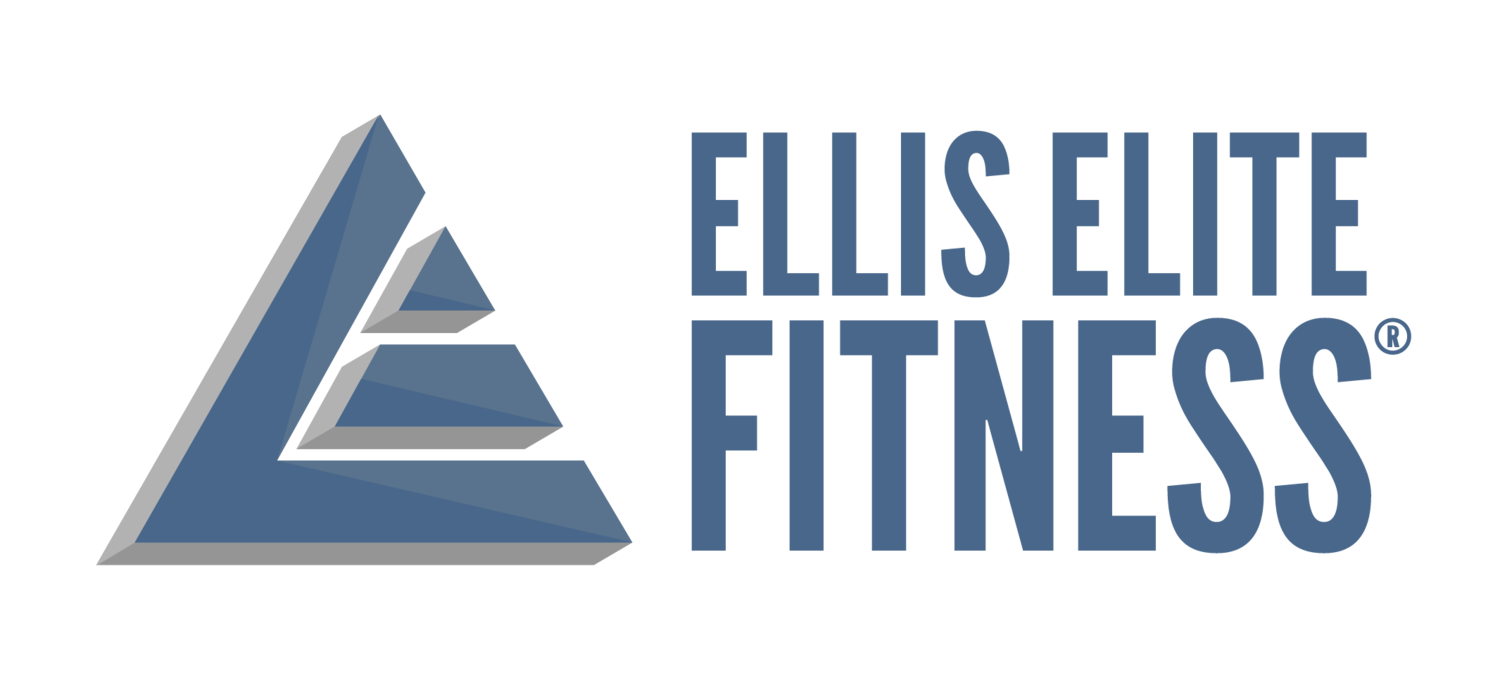5 THINGS I LEARNED AT THE MAXIMUM MUSCLE SEMINAR
It’s not often that we get big names from the fitness industry in the Northwest. So when I saw that Christian Thibaudeau and Paul Carter were doing their first seminar together in my own backyard, I jumped on the chance to learn from the best and was not disappointed. Here are a few of the key points from the seminar.
1. Trainees will see better results and enjoy their training more if it fits their neurotype/personality. We’ve all heard that you need to individualize your training, but most people don’t really know what that means. You may have done a training program with a friend only to see them excel with excellent results while you seem to be heading backwards. The program didn’t fit your type. Some trainees do better with more frequent but short workouts, some with less frequent but longer. Some respond better to heavy weights and a few exercises, while others need lighter weights to feel a pump or burn and possibly more variation. Some need to change their program often to prevent boredom, while for others this just creates frustration as they were seeing progress with what they were doing. This list could go on and on, but I think you get the idea.
My take: Determining what type of training fits your neurotype is very advanced and requires the assistance of a qualified coach. The best advice I can is do the the type of training you enjoy and tend to see results with, this takes time, patience, and good record keeping.
2. Intermittent fasting is best used as a recovery tool. The most often overlooked component of any training program is recovery. We love to get in tough workouts because it feels good, but don’t stress the importance of recovering between workouts. Sometimes less is more, and in this case less food equals better recovery. Here are a just a few benefits of intermittent fasting: improves insulin sensitivity, improves androgen receptor sensitivity, increases growth hormone, reduces inflammation, and helps improves cellular repair. I like to think of it as putting the body back in balance. Intermittent fasting is great no matter what your goal, performance, muscle building, fat loss, general health, or maintenance.
My take: I love intermittent fasting for all fitness goals, there are numerous ways to implement intermittent fasting, but my personal favorite is doing a 16 hour fast 3 days a week, not hard too do when you’re sleeping for 8 hours of it.
3. You shouldn’t need to do a lot of mobility work before you train. The main idea behind this is that massage and stretching relaxation puts the body in a state of relaxation, which is great if you want to take a nap, but not great if you want to crush a workout. Your warm-up should consist of primarily warm-up sets of the exercises you’re doing in that workout and possibly a few dynamic stretches where you’re constantly moving. If you’d like to stretch post-workout, that’s fine, just stretch muscles that weren’t trained that day. Stretching the muscles you just trained can slow recovery.
My take: Should you warm-up? ALWAYS! But if it’s consistently taking you 20-30 minutes of warm-up to feel good for a workout something’s wrong and it may be a good idea to focus on improving structural balance. I do like some stretching pre-workout, but keep it to less than 10 minutes and focus primarily on dynamic stretches and the areas that really need it. Also, if you’re lifting properly with a full range of motion, the muscles will get a stretch on every rep.
4. Perception is everything. How you look at your workouts, diet, and lifestyle changes will greatly determine your enjoyment and success. Quit saying “I have to [blank],” or “I can’t eat [blank],” this will create negative feelings towards the behaviors that will lead you to success. You want to rewire your brain. This will take time but it makes things much easier in the long run. “I want to workout tonight,” or “I get to workout 4 days this week,” are going to lead to better workouts. While dieting think of what you can have, “I can eat as many fruits and veggies as I like,” or “I get to eat steak for breakfast,” are positive thoughts which will improve adherence.
My take: I couldn’t agree more! Negative thoughts lead to crappy results. Think positively and reap the rewards!
5. You want to selectively turn on the mTOR pathway. “What’s that?” you may ask. It’s an anabolic pathway that can lead to muscle building. This is obviously a good thing if performance or body composition is your goal, even fat loss. Two of the ways you can stimulate it is through weight training and the ingestion of amino acids (protein). Like everything in life, you can have too much of a good thing. Stimulating mTOR too often can lead to resistance, meaning you don’t get the same anabolic effect from it anymore. A simple way to avoid this is by having low protein and high protein days. I would recommend high protein (up to 1.25g/lb) and calories on your training days and low protein (as low as 0.6g/lb) on non-training or fasting days. This doesn’t mean that every training day needs to be high protein and every non-training day needs to be low, it’s just an example.
My take: I had never heard this before, but it makes complete sense to me. Before I had always felt guilty on days I hadn’t met my protein goals, now I look at it as a way to accelerate my gains!

